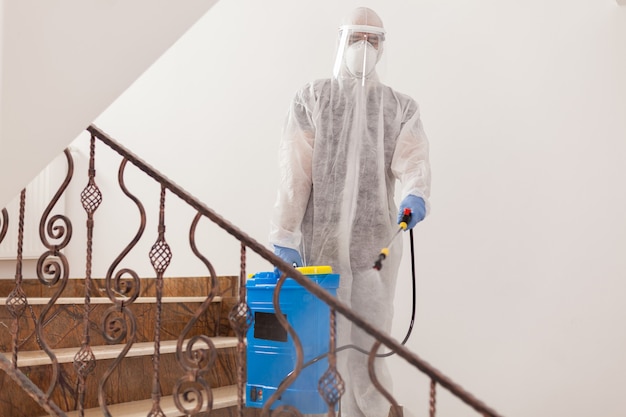
The Ultimate Guide to Comprehensive Mold Inspection in California
Mold is a common problem in many homes and buildings, especially in humid climates like California. Mold infestations can lead to a variety of health issues and structural damage if not addressed promptly. A comprehensive mold inspection is crucial for identifying and mitigating mold problems effectively. This guide provides an in-depth look at the process of mold inspection, essential steps to take, and what to expect during a mold inspection in California.
Understanding Mold and Its Impact
Mold is a type of fungus that grows in damp environments. It can thrive on a variety of surfaces, including wood, drywall, carpet, and insulation. In California, the warm and moist climate can create ideal conditions for mold growth.
Health Risks Associated with Mold
- Respiratory issues such as asthma and allergies
- Skin irritation
- Eye irritation
- Headaches and fatigue
To learn more about the health risks associated with mold, read more about this topic.
Signs of Mold Infestation
Identifying the signs of a mold problem is the first step in addressing the issue. Common indicators of mold infestation include:
- Visible mold growth
- Musty odors
- Water stains or discoloration on walls and ceilings
- Increased humidity in the home
Explore further insights here.
The Mold Inspection Process
A thorough mold inspection involves several steps to ensure that all mold sources are identified. These steps include:
Initial Consultation and Visual Inspection
The process begins with an initial consultation to understand the specific concerns and symptoms experienced. A visual inspection of the property is then conducted to identify potential signs of mold growth.
Moisture Mapping and Sampling
Moisture mapping is a crucial step in pinpointing areas with high humidity, which can lead to mold growth. Mold inspectors may use moisture meters and infrared cameras to detect moisture sources. Sampling may also be conducted to determine the type and concentration of mold present in the property.
Laboratory Analysis
Samples collected during the inspection are sent to a laboratory for analysis. This helps in identifying the specific types of mold and their potential health impacts.
Find additional information here.
Choosing a Qualified Mold Inspector
Selecting a qualified mold inspector is essential for a thorough and accurate inspection. Consider the following when choosing an inspector:
- Certification and training in mold inspection
- Experience with mold issues specific to California
- Use of advanced technology and equipment
- Clear and comprehensive reporting
Learn more in this detailed guide here.
Post-Inspection Steps and Mold Remediation
After the inspection, a detailed report will outline the findings and recommend remediation steps. Effective mold remediation involves:
- Eliminating sources of moisture
- Removing and cleaning mold-infested materials
- Repairing any water damage
- Implementing measures to prevent future mold growth
For more information on mold remediation, explore further insights here.
Conclusion
A comprehensive mold inspection is a critical step in maintaining a healthy and safe environment in California homes and buildings. By understanding the signs of mold, choosing a qualified inspector, and following through with effective remediation, property owners can protect their investment and ensure the health of their occupants. For a deeper understanding of mold inspection and remediation, find additional information here.